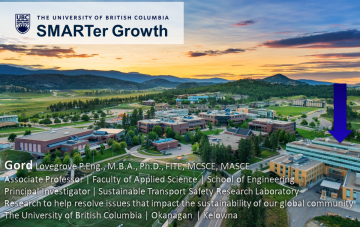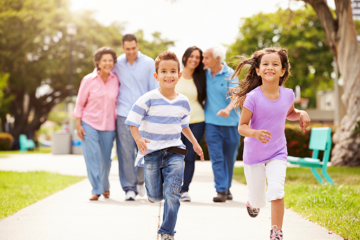Hypothesis
We can do better with what we have to sustain a desirable quality of life that promotes a healthier, safer and more prosperous Kelowna & Okanagan Valley for residents, businesses and visitors.
Motivations
All of the following motivations are related, and can be addressed at least in part through strategic, systematic planning and design of our community Land Use & Transportation (LU & T) policies and infrastructure and services – this is known as SMARTer Growth Community Design.
Motivation 1: Diet & Activity
Obesity is the new Nicotine – we drive, eat, waste-around and sit too much, and we know it. So What?
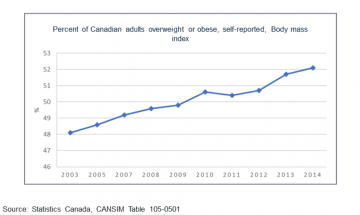
Motivation 2: Safety
Drivers make mistakes. We are driving ourselves to death. So What?
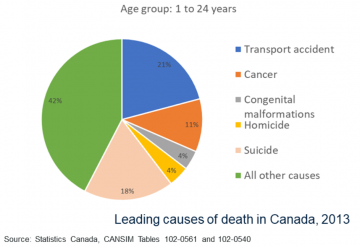
Motivation 3: Loneliness
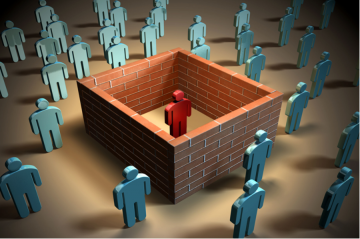
Social Isolation is worse for our physical health than smoking 15 cigarettes a day.
Why is it so Prevalent Yet Unacknowledged?
Motivation 4: Aging Baby-boomers
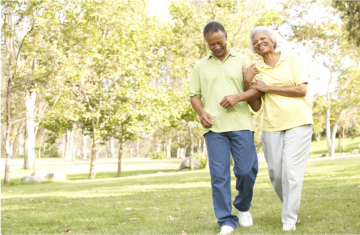
As a proportion of our community, more of us are old or aging.
Who will care for us?
Motivation 5: Access & Equity
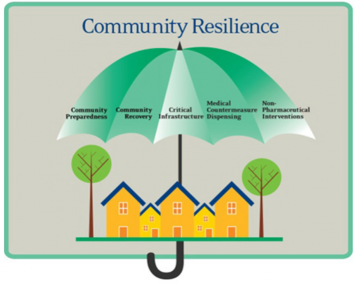
As we age, we’re going to give up driving ourselves. How will we get around?
Motivation 6: Resiliency

The key to a resilient community (physical recovery, mental health, hope for future) starts with a sense of community. Life is a team sport! When is the last time you said “Hi” to a neighbor? Do you know the names of your neighbors’ kids?
Motivation 7: Aging in Place

Sense of community starts with knowing and trusting your neighbors.
More of us want (or need?) to age in place – how do we do this here, and in nearby communities?
Motivation 8: Learn from History!
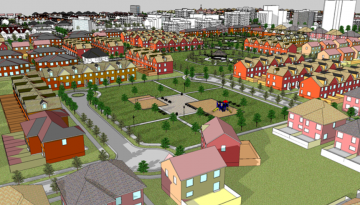
Motivation 9: Affordability

Housing prices are high and rental vacancies are low.
What can we do to increase the supply and make housing more affordable?
SMARTer Growth Design Principles
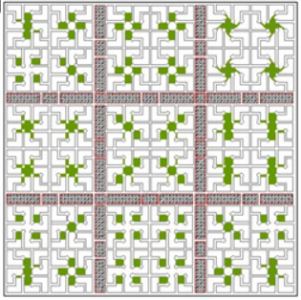
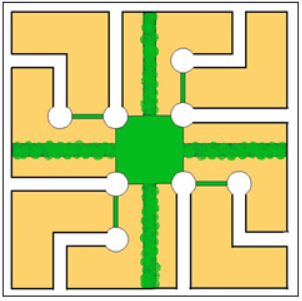
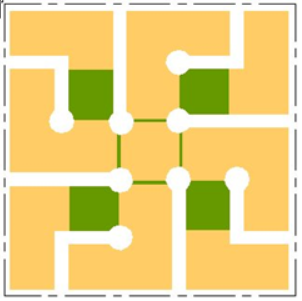
Learn from the best: SMARTer Growth takes the best out of what ‘works’ around the world, and applies it in a system-based design.
-
Human Scale (80 m blocks)
-
Protected Core
-
Quality Transit
-
Dense, Mixed LU
-
Co-Housing (cohousing.org)
-
30% Green – AT first transport networks
-
Safe Intersection design
-
Designed for <30km/h local speed
-
Regional Electric passenger rail
SMARTer Growth Management: Strategic & System-based:
-
Higher lot yield + more green space + less road cost = same or lower development cost.
-
Higher lot yield + Higher Density = Greater Housing Supply + More Affordable Housing + More Housing Variety (coHousing) = Lower Cost of Living
-
1 minute walk from our front door to parks + 2 min walk to bus stops & shops = less obesity + Less Driving – 3-way and roundabout intersection controls + 80% less delays & crashes + Less Driving = Lower road costs + safer crossings + 60% safer overall
-
Higher Density + more green space + Ubiquitous Ped/Nike paths +protected core + more walking/biking = More social interactions + less loneliness
-
More Social Interaction + More Housing Variety + Improved Walk / Bike Paths + More Nearby Parks & Shops + Improved Transit Quality (OVER PR) = Successful Aging in Place
Successful Aging in Place + Prosperous Local Businesses = Sense of Community = Resilient Community
The Asks:
1: SMARTer Growth Management
- Support the inclusion of SMARTer Growth Management principles in all future land use and transportation planning initiatives at all levels of government, in the Okanagan Valley
- Support proactive identification of existing and / or proposed development in areas where planning can occur that leads to creation of the Okanagan’s first pilot / demonstration of SMARTer Growth Neighborhood development.
2. Cohousing (see cohousing.org | cohousing.ca | Okanagan Cohousing)
3. Sustainable & Zero-Emission Rail Technology
-
- Pursue OVER PR as a long term growth management strategy
- Engage all levels of government, industry and residents
- Make this a cornerstone for a sustainable Okanagan QOL
Other Considerations:
1. Human-centred Block Size
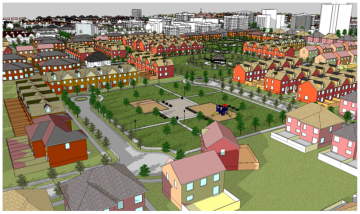
- 1-minute walk from our front door to parks, 2 minutes to bus stops & shops
- Major roads kept to the perimeter
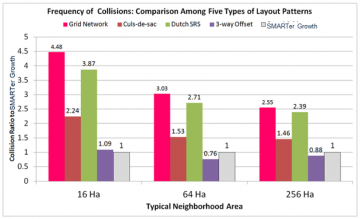
- 3-way and roundabout intersection controls
- 80% fewer delays & crashes
- Lower road costs, less dedicated road spaces, less crossing risk, lower travel speeds
- 60% safer overall in terms of crashes and crash severity
2. Land Use
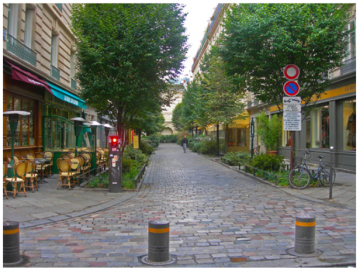
- To support transit and local shops, slightly higher density/ smaller lots than Single Family Residential ( e.g. Carriage Houses, Homes above shops)
- Higher lot yield, more green space, less road cost
- Same or lower development costs
3. Opportunities
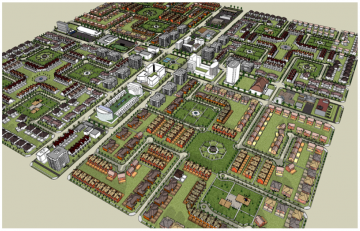
- Higher lot yield + higher density = greater housing supply, more affordable housing and more housing variety
- Higher density + more green space + ubiquitous pedestrian / bike paths + protected core (i.e. no shortcutting, less traffic overall) = more social interaction
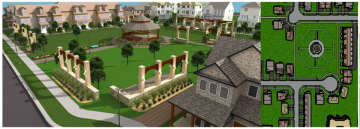
- More social interaction + more housing variety + improved walk/bike paths + more nearby parks & shops + improved transit quality = successful ageing in place
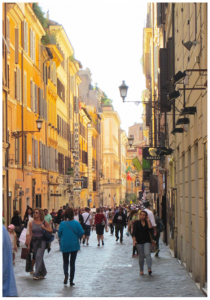

- Successful ageing in place + Prosperous local businesses = Sense of Community = Resilient Community
Next Steps: Design Manual & Demonstration Project in your OCP!
Project Details:
Research Lead: Dr. Lovegrove and Dina Khrabsheh
Additional Resources:
https://www.strongtowns.org/ – Research to help resolve issues that impact the sustainability of our global community
